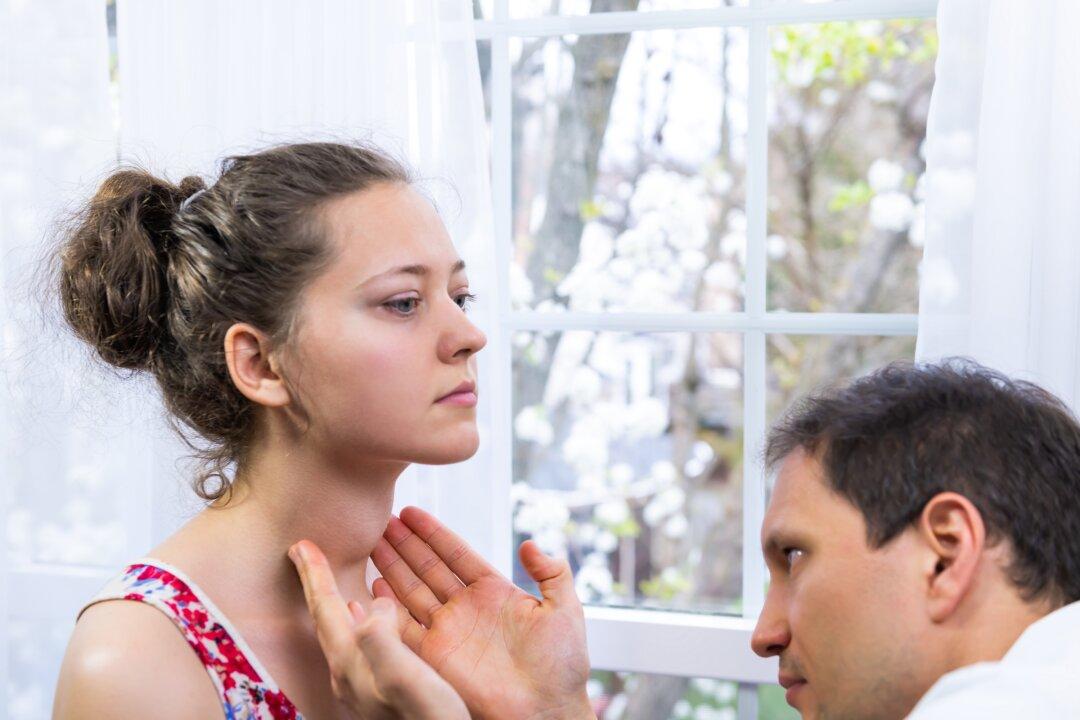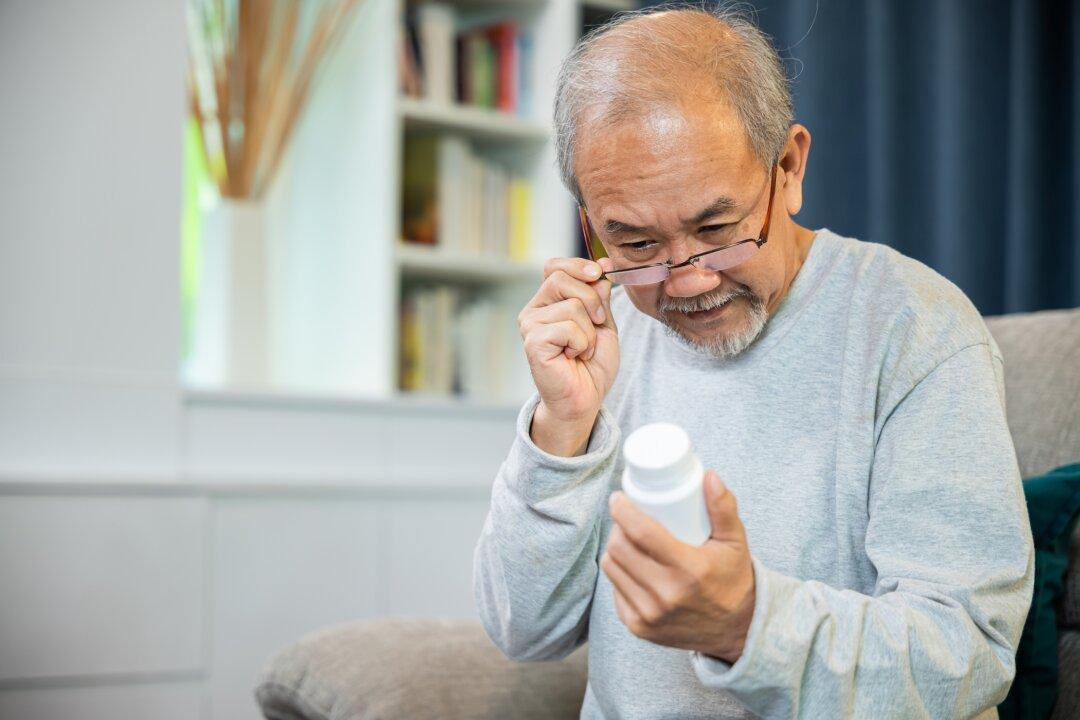Simple and enjoyable physical activities such as bicycling, dancing, and tai chi can lead to significant improvements in physical and mental symptoms of Parkinson’s disease and sometimes even slow the progression of the disease.
Parkinson’s disease is the second-most prevalent neurodegenerative disorder after Alzheimer’s, but it’s growing quickly.





